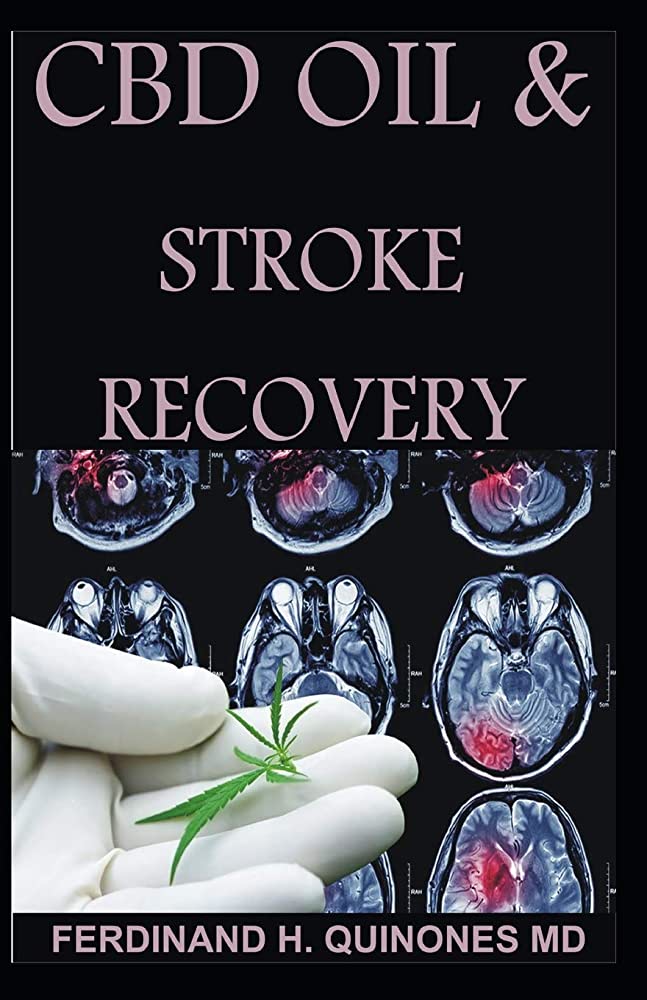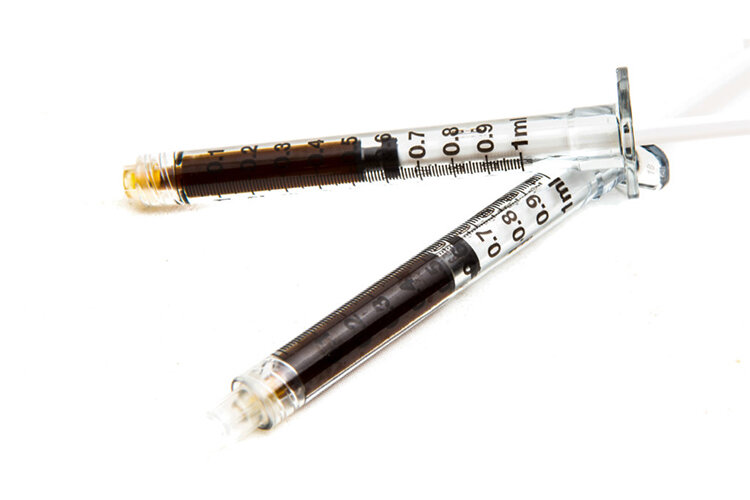
It can be uncomfortable to experience withdrawal symptoms after quitting cannabis use. These symptoms typically appear within 24-48 hours of stopping using marijuana. They can last up two weeks.
You may experience anxiety, irritability (depression), insomnia and other symptoms. You may also experience nausea, vomiting, tremors, and stomach pain.
Withdrawal symptoms of weed vary for each individual, but they usually begin around 24 hours after the last use and peak between days 2 and 6. These symptoms typically go away on their own as the brain and body adjusts to not having THC.
CBD oil is a natural substance found in cannabis plants that has been shown to help people cope with withdrawal symptoms of marijuana and other cannabinoids. It has also been found to be useful in treating mental health issues.
Although quitting smoking marijuana is difficult, it can be achieved with the right strategies. These tips include getting help from friends and family, exercising, and working with professionals.

A professional can help manage your withdrawal symptoms and give you the tools and resources you need to get sober. You may choose to receive one-on-1 counseling or group therapy.
Behavioral therapy is a way to learn new ways of managing your desire for marijuana and how to stop using it. It can also teach you how to handle triggers that might cause you to use again.
In some cases, patients may require medically assisted withdrawal (MAW). These programs provide medication to relieve withdrawal symptoms such anxiety, sleeplessness and nausea. The use of these medications should be supervised and closely monitored.
To help with withdrawal symptoms, benzodiazepine-type or fatty acidamidehydrlase inhibitors may be prescribed. They have been shown effective in reducing withdrawal symptoms of marijuana, particularly those that are associated with anxiety.
Avoid situations that could trigger anxiety or panic if you're experiencing withdrawal symptoms from marijuana. Avoid loud, crowded parties.
It's also important to ensure that you get adequate sleep during withdrawal. About 76 percent of cannabis users who quit cold-turkey experience insomnia.

Meditation and other relaxation techniques can be used to calm the mind and body. You can also get a massage, or even take a yoga course to relieve stress and anxiety.
Find a trusted detox and rehabilitation facility to help you quit smoking marijuana. These centers are equipped with the right staff to help you navigate withdrawal and keep sobriety.
Medications for weed withdrawal can help ease the symptoms of withdrawal and alleviate other symptoms such as anxiety, insomnia and a loss of appetite. It is a good idea to talk to a doctor before you start using any medication to ensure they are safe for you.
FAQ
How big does the global CBD market look?
According to Euromonitor International, the global CBD market was worth $US 3.5 Billion in 2015. This is more than 10% higher than 2014
The report predicts that this figure will grow by 12% annually to $US6.4 billion in 2020.
CBD products will make up around half of all products derived from hemp by 2020.
This includes CBD oils as well as other CBD products, such food, beverages and cosmetics.
What are some common mistakes that companies make when they enter the US cannabinoid market?
Uncertainty about the regulations for cannabis products is the first mistake. This could lead to you having to modify your product formulation.
A second error is not properly labeling your product. It is important to determine if your product contains CBD or THC.
The third thing you need to do is understand how to package your product properly. If you have a product that contains THC, make sure it is properly packaged.
If your product is not containing THC, then it's important to follow all packaging regulations. There are many states that cannabidiol or CBD is legal.
You should also keep track of recalls that may have occurred with your products. It is important to inform customers as soon as possible if there is an issue with your product.
Is there a saturation in the CBD market?
CBD is seeing a steady growth rate of 25 percent annually. This growth will continue at least five years. In fact, the industry is expected grow from $2Billion today and $5Billion by 2020.
The CBD market is currently dominated by two companies - GW Pharmaceuticals and Canndoc Ltd. Both companies are focused on the development of pharmaceutical-grade CBD products. They have not been very effective so far. Both are struggling to get traction on market.
Cannabidiol (CBD) is an extract of cannabis that contains less than 0.3% THC. It has no psychoactive effects. It is used as a treatment for epilepsy and other medical conditions. It is often used as an dietary supplement.
There are many different types of CBD products available. Some CBD products are made from whole plant extracts while others contain CBD.
All these products have in common that they contain low levels of THC.
These products are legal under US federal law. You will still need to follow local laws if you are selling CBD products. Always check your state's laws regarding CBD products.
Some states also make CBD products illegal. These are California, Colorado. Florida. Mississippi. Missouri. New York. North Carolina. Ohio. Oklahoma. Oregon. Rhode Island. South Dakota. Texas. Utah. Virginia. Washington.
You will want to stay clear of CBD products if you are from one of these states.
Is the CBD market growing?
Yes. As legalization spreads throughout North America, this growth is expected continue. Canada has legalized recreational marijuana use in the past year, and several states have passed laws regarding medical marijuana.
As more states adopt legislation that allows medicinal marijuana access, this trend is likely to continue at least for the next decade.
It is also economically sensible to legalize marijuana. Legalizing pot has many other advantages, including a new market that is lucrative for farmers.
For example, it could help reduce crime rates by reducing the availability of illegal drugs. It could also generate tax revenue for the government.
As more people turn to legal weed, they may also choose to consume less alcohol. This would result in fewer hangovers, and lower healthcare costs.
In addition, marijuana might actually improve the quality of life for those who suffer from chronic pain. Many believe that THC (the active ingredient in marijuana) helps to relieve the symptoms of nausea and muscle spasms associated with chemotherapy.
A lot of people believe that marijuana is a good option for treating anxiety and depression. In fact, some studies suggest that marijuana can even treat schizophrenia.
The CBD industry is on the rise, and there are many obstacles in its path.
Can I use CBD during pregnancy?
There isn’t enough research available to confirm that CBD is safe to be used during pregnancy.
But based on the limited amount of information available, it appears unlikely that CBD would cause harm to the baby.
Pregnant women shouldn't take CBD unless they are advised by their doctor.
The Food and Drug Administration has issued a warning regarding potential risks of CBD use during pregnancy.
According to the FDA, "there is some evidence that cannabis use during pregnancy may increase the risk of miscarriage."
The agency said that more research is needed to reach a firm conclusion.
Can CBD companies be a good investment?
This question will depend on your goals. These machines are great investments if your goal is to make money. But if you're looking for something to help people, then they are not the best investment.
Statistics
- The use of these products is likely to become even more widespread if the World Health Organization's recommendation that CBD no longer is scheduled in the international drug control conventions is adopted by the United Nations member states [201]. (ncbi.nlm.nih.gov)
- The inhibition of FAAH is predicted to lead to an increase in brain and plasma concentrations of AEA, which acts as a partial agonist at CB1R and CB2R, thereby increasing endocannabinoid tone [92, 110]. (ncbi.nlm.nih.gov)
- CBD seems unlikely to directly influence sleep in healthy humans [115] (and maybe “sleep-promoting” in those with certain comorbid conditions) (ncbi.nlm.nih.gov)
- A recent systematic review of human trials also reported that individuals with epilepsy receiving CBD (5–20 mg·kg−1·day−1) were more likely to experience decreased appetite than those receiving placebo (i.e., ~20 vs. 5% of patients) (ncbi.nlm.nih.gov)
- HR −16 mmHg; 95% CI −26, −6; I2 = 92%) (ncbi.nlm.nih.gov)
External Links
How To
How to Get Certified To Sell CBD Products
CBD (cannabidiol), a cannabinoid found in cannabis plants, is just one of the many. It's been used medicinally throughout history, including traditionally in China, India, and many South American countries. Because it can treat conditions such as anxiety, pain, epilepsy and inflammation, CBD has seen a rise in popularity over the years. If you're looking to sell CBD products, however, there isn't an official certification program. At least not in the U.S.
There are two methods to do this. First, join a local canna-business owner association. This allows you to network with other owners and get advice and support. There are currently many associations across the country. The second option is to take your business online. Many states allow canna businesses to operate online. You can create your own website and start taking orders immediately if you are allowed to do so. You must register with the Department of Public Health in your state. Once you have registered, your state's Department for Public Health will issue you a license. Once you receive your license, you're officially allowed to open your store and begin accepting orders.